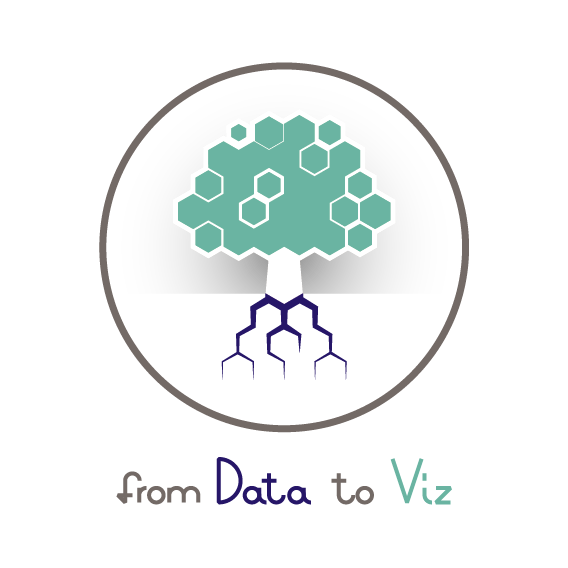A B C
1 apple banana kiwi
2 banana date fig
3 cherry kiwi lemon
4 date orange mango
5 kiwi pear berry
6 orange fig pear
7 pear grape coconut
8 plum melon guava
9 mango peach papaya
10 papaya apricot plumBlock 1
Deepak Tanwar
Introduction
- Name
- Research group
- Topic of research
- Datasets for your research
- Why are you attending this course?
Quiz 1
Questions 1 to 4

Why choosing the right chart matters?
- Effective visualizations communicate data clearly and efficiently.
- The wrong chart can mislead or confuse your audience.
- Good visualizations highlight patterns, trends, and outliers.
Types of data
- Categorical: Names or labels (e.g., Region, Product Type)
- Numeric: Quantitative values (e.g., Sales, Temperature)
- Time: Dates or time intervals (e.g., Monthly Revenue)
- Geographic: Locations (e.g., Country, Coordinates)
What to use for each type?
Categorical Data
- Use bar charts to compare categories

Categorical Data
- Use pie charts to show proportions

Numeric Data
- Use histograms to show distributions

Numeric Data
- Use boxplots to show spread and outliers

Relational Data
- Use scatter plots to show relationships between two numeric variables

Time Series Data
- Use line charts to show trends over time

Geographic Data
- Use choropleth maps to show values by region

Conclusion: Choosing the Right Visualization
- There is no single “correct” chart for a given dataset. For example, numeric data can be shown as:
- Histogram (distribution)
- Boxplot (spread and outliers)
- Density plot (smooth distribution)
Conclusion: Choosing the Right Visualization
- The best choice depends on:
- Your goal: Compare, show distribution, highlight relationships?
- Audience: Technical vs. non-technical
- Clarity: Which chart communicates the message most clearly?

A B C
1 apple banana kiwi
2 banana date fig
3 cherry kiwi lemon
4 date orange mango
5 kiwi pear berry
6 orange fig pear
7 pear grape coconut
8 plum melon guava
9 mango peach papaya
10 papaya apricot plum
A B C
1 apple banana kiwi
2 banana date fig
3 cherry kiwi lemon
4 date orange mango
5 kiwi pear berry
6 orange fig pear
7 pear grape coconut
8 plum melon guava
9 mango peach papaya
10 papaya apricot plum
Tip: Start with the simplest chart that answers the question.
From data to visualization

Only resource you need: data-to-viz.com
Exercise: Read and discuss content
Group 1: data-to-viz.com/caveat/bin_size.html
Group 2: data-to-viz.com/caveat/consistency.html
Group 3: data-to-viz.com/caveat/simpson.html
Group 4: data-to-viz.com/caveat/boxplot.html
- What is the main problem or risk highlighted by this caveat?
- Why does this issue occur?
- What are the potential consequences of ignoring this caveat?
- How can we detect or avoid this problem in practice?
Quiz 2
Questions 5 to 12
Publication ready figures with R
